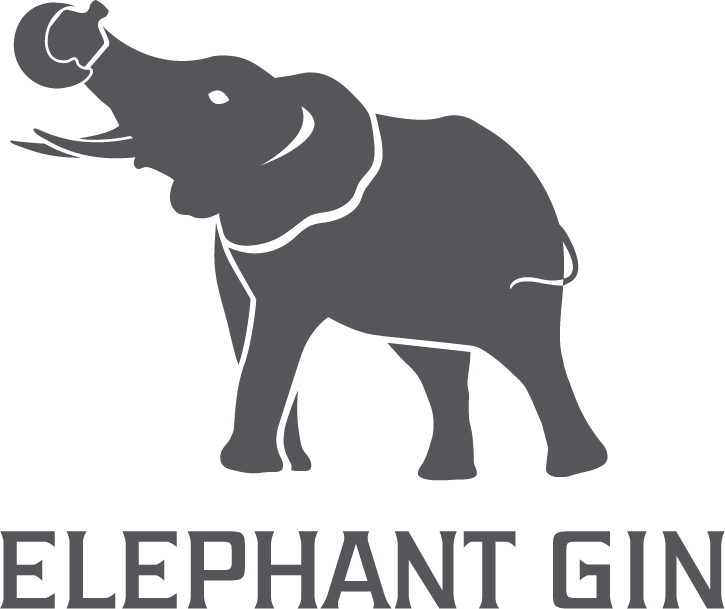- Choosing a selection results in a full page refresh.
- Opens in a new window.
Katrineka

Harvey Croze and Cynthia Moss started the Amboseli Elephant Research Project in September 1972 with the goal of studying one of the few relatively natural populations of elephants remaining in Africa.They’ve named the elephant families with the letters of alphabet; Katrineka was born in the so-called KA family and named after Harvey’s daughter.
In 1976 in the Amboseli Park, the rains failed with only a miserly couple of inches falling during what was supposed to be the wet season, followed by a serious draught. In June that year Katrineka gave birth to her first calf. It was a very bad year to be born in Amboseli: from the births of 29 calves, by the end of the year only 15 remained, mostly due to drought. Their mothers had milk but not in great quantity or quality, but what really seemed to affect the calves was the lack of suitable vegetation to feed on once they reached the age when they should have started to eat solid food. Calves begin to eat a bit of grass when they are between three and four months old, and by the time they are eight months old they need quite a lot of food to sustain them. In 1976 as the drought progressed there was only swamp vegetation which the young calves had difficulty both handling and digesting. Many of the calves that had been born in the early part of the year died in September, October and November. Katrineka’s calf died in October at the height of the drought.
Finally rains came in December and the elephants, adults and calves, gradually recovered. The next three years proved to be very favourable ones for the elephants. The rainfall was higher than average with the result that there was abundant and nutritious vegetation. In addition the poaching that had occurred in the areas surrounding the Park came to end in 1977; and in 1978 the Maasai warriors were promoted to junior elder, and with that change the incidents of spearing of elephants decreased dramatically. All in all it was a very peaceful and productive period for the elephants.
During the drought the females had stopped reproductive cycling altogether. However, as soon as conditions improved they began to come into oestrus again and mate. The baby boom followed and in 1979, Katrineka had a daughter who was growing up strong and healthy. For a while, things were looking up for the KA family, yet again lost another baby along with a few other mums in 1983. Katrineka gave birth again in the early 90’s but during that time she disappeared and was suspected to have been speared. Without her mother’s milk her youngest calf died, and leaving KA family at a huge loss again.
Photo credit and text: Cynthia Moss & Amboseli Trust for Elephants


